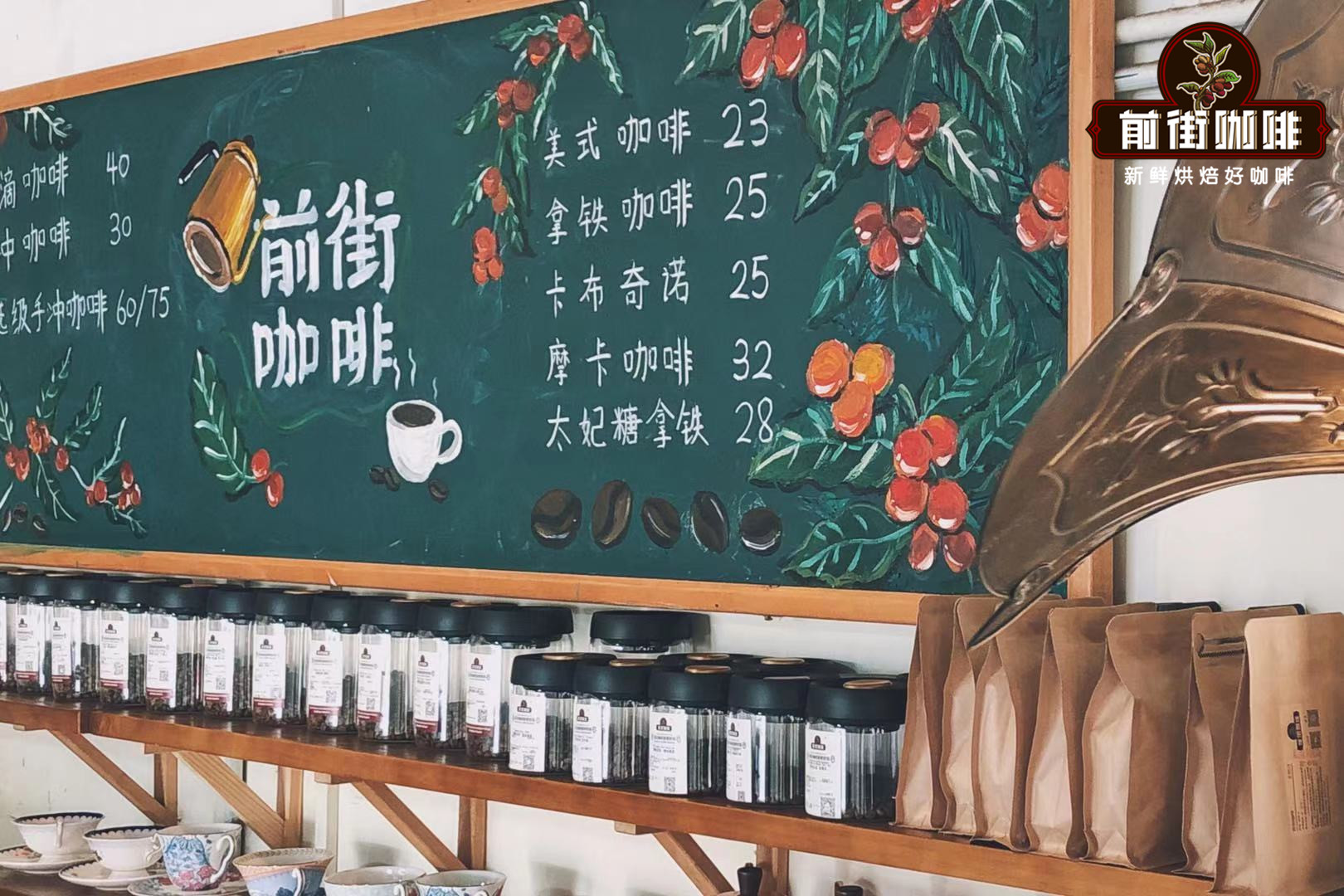Structure diagram of coffee bean roaster-Taiwan Pegasus coffee bean roaster
Structure diagram of coffee bean roaster-Taiwan Pegasus coffee bean roaster
The structure of a coffee bean roaster is characterized in that it comprises a baking device comprising at least one baking cylinder, which is provided with a cylinder wall surface and a first end face and a second end face of the two ends of the tube wall surface. The first end face is provided with multiple air intake holes, the baking cylinder is provided with a continuous rotating shaft, and the rotating shaft is provided with an auxiliary blade group near the first end face in the baking cylinder. A transmission mechanism connects the rotating shaft to rotate; a heating device provides heat energy to the baking cylinder for thermal drying operation; and an exhaust device includes at least one exhaust pipe, one end of which is connected with the baking cylinder.
The choice of the material of the inner pot is the most tangled place when making the product. in the initial design, because the stainless steel material can be rolled up and welded, it is convenient to manufacture, while the cast iron material has a great initial investment, so stainless steel has become a very tempting choice. but after the test, it is found that the stainless steel inner pot can not evenly transfer heat to the whole inner pot, resulting in some points that will overheat and scald coffee beans. A good stainless steel pot is a composite structure, with more than three layers at the bottom, with an outer layer of stainless steel at the bottom, with a copper plate in the middle as an important heat conduction layer to disperse the uneven heat energy at the bottom of the pot, so that the internal stainless steel layer can be heated evenly. But this kind of technical solution is used in the inner pot of the roaster, we really can't do it.) (PS: the three-layer structure requires a large punch to integrate the structure and exhaust air. Moreover, what people do is a flat plate, and the roaster is an inner pot.)
So after spending almost all the money at that time, we made the R500 series cast iron inner pot out of cast iron, which is still in use today.
The material of cast iron made the inner pot of R500 reach the same material level as most imported models, and we were proud of it for a long time until we learned about plasma spraying technology.
Far-infrared materials are widely used in the food industry, but no one has ever tried to use it in the harsh environment of a roaster. The change of temperature difference, inner pot expansion, friction and coffee bean impact all pose challenges for us. Until we tried to use plasma spraying technology to firmly attach ceramic far-infrared materials to the inner pot, this problem was still solved. Knocking and friction will not destroy its structure.

Important Notice :
前街咖啡 FrontStreet Coffee has moved to new addredd:
FrontStreet Coffee Address: 315,Donghua East Road,GuangZhou
Tel:020 38364473
- Prev

Why coarse grinding coffee powder is suitable for drip filter American coffee machine coffee powder grinding thickness
Why coarse ground coffee powder is suitable for drip filter-coffee powder common grinding thickness picture real coffee powder needs to be boiled, and it is convenient to make a lot of chaotic coffee. If you want to be strong, you can use a mocha pot to make Italian coffee. You will use an espresso machine, but most espresso machines are very expensive. Coffee is too strong to taste only a touch of bitterness, red wine is too beautiful to get only one.
- Next

How to make a cup of espresso-espresso extract
How to make a cup of espresso-espresso extraction is similar to fine red wine and high-end black tea, and the most direct reference for measuring the quality of coffee beans is its producing area. The geographical and climatic characteristics of different producing areas and the regional flavor formed by planting traditions (Terroir) are the soul of fine coffee. This coffee machine has not failed to live up to the standard of intelligence, a small cash appliance.
Related
- Beginners will see the "Coffee pull flower" guide!
- What is the difference between ice blog purified milk and ordinary milk coffee?
- Why is the Philippines the largest producer of crops in Liberia?
- For coffee extraction, should the fine powder be retained?
- How does extracted espresso fill pressed powder? How much strength does it take to press the powder?
- How to make jasmine cold extract coffee? Is the jasmine + latte good?
- Will this little toy really make the coffee taste better? How does Lily Drip affect coffee extraction?
- Will the action of slapping the filter cup also affect coffee extraction?
- What's the difference between powder-to-water ratio and powder-to-liquid ratio?
- What is the Ethiopian local species? What does it have to do with Heirloom native species?

